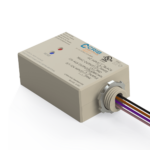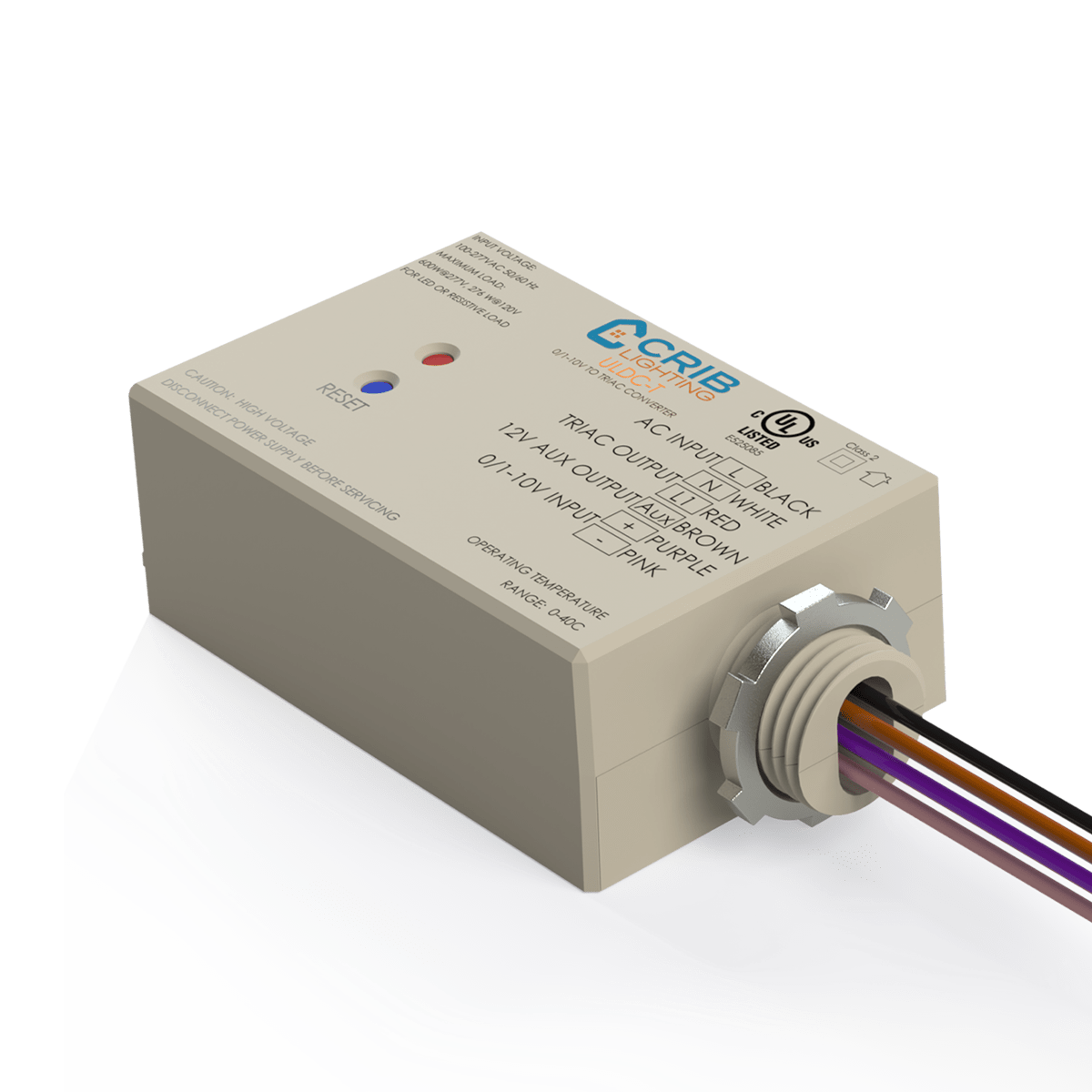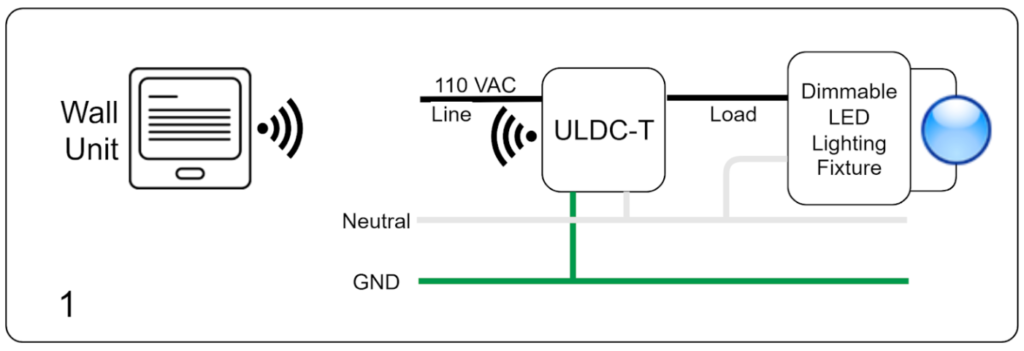Junction-Box Mountable 0-10V controlled phase-cut Dimmer for driver-integrated AC input LED lighting fixtures or dimmable drivers
$199.00
5 in stock


Junction-Box Mountable 0-10V controlled phase-cut Dimmer for driver-integrated AC input LED lighting fixtures or dimmable drivers
The Universal Light Driver Controller (ULDC) is an easily installed and highly flexible dimmer for residential LED lighting applications. The ULDC-T gives you the freedom to wirelessly control your dimmable lights from anywhere, even allowing for multi-way control of a single lighting zone. Designed with the installer in mind, the ULDC-T simplifies wiring and installation for both retrofits and new construction.
The ULDC-T is a wireless dimming load controller for 120V AC loads up to 200W. It is wirelessly controlled from a wall mounted control unit. The ULDC-T offers forward phase (MLV) dimming for conventional AC lighting circuits. The overall system does not require a conventional dimming switch to be present on the wall, instead the wall mounted unit controls each ULDC-T load controller individually, keeping the lighting circuit available for non-dimmable fixtures.
|
ELECTRICAL |
||
|
Input Ratings |
||
|
Supply Voltage (Nominal) |
120VAC, 60Hz |
|
|
Output Ratings |
||
|
Output Voltage |
120VAC, 60Hz |
|
|
Maximum Load |
200 Watts |
|
|
Dimming Type |
Forward Phase (MLV) |
|
|
MECHANICAL |
||
|
Operating Conditions |
||
|
Operating Temperature |
−20°C to 85°C |
|
|
Storage Temperature |
−40°C to 125°C |
|
|
Relative Humidity |
0 – 95 % Non-Condensing |
|
|
Dimensions |
||
|
L × W × H |
5” X 2 ½” X 1 ¾” |
|
|
Connector Thread Type |
½NPT, 14 Threads Per Inch |
|
5” X 2 ½” X 1 ¾“
(127mm x 63mm x 44mm)
The CRIB Lighting systems product portfolio prioritizes and targets new constructions and retrofits in residential applications. However, the system can be used in a variety of settings from residential to commercial lighting, indoor and in some cases outdoor lighting applications.
When the CRIB Lighting system is applied to a single zone, such as a room or a large common area in a residential case, the system controls the turning on and off as well as dimming for the load controllers, in turn the lighting fixtures that are present in the zone.

The device can also be connected to a group of lights, driving the intensity of all fixtures in the group simultaneously. ULDC-T accepts 3 way controls; if you have multiple wall units in your deployment, these will update as one of them changes–allowing for multiple endpoint control of a single ULDC.